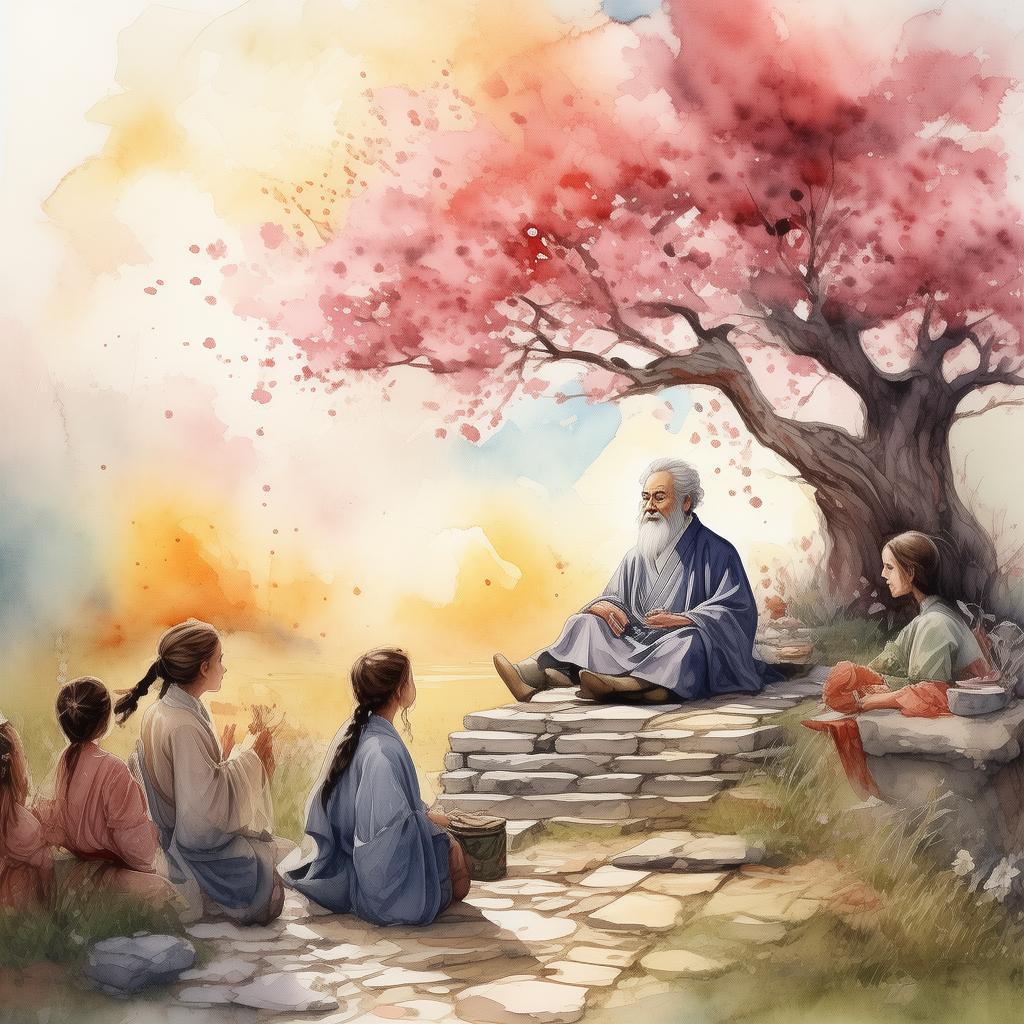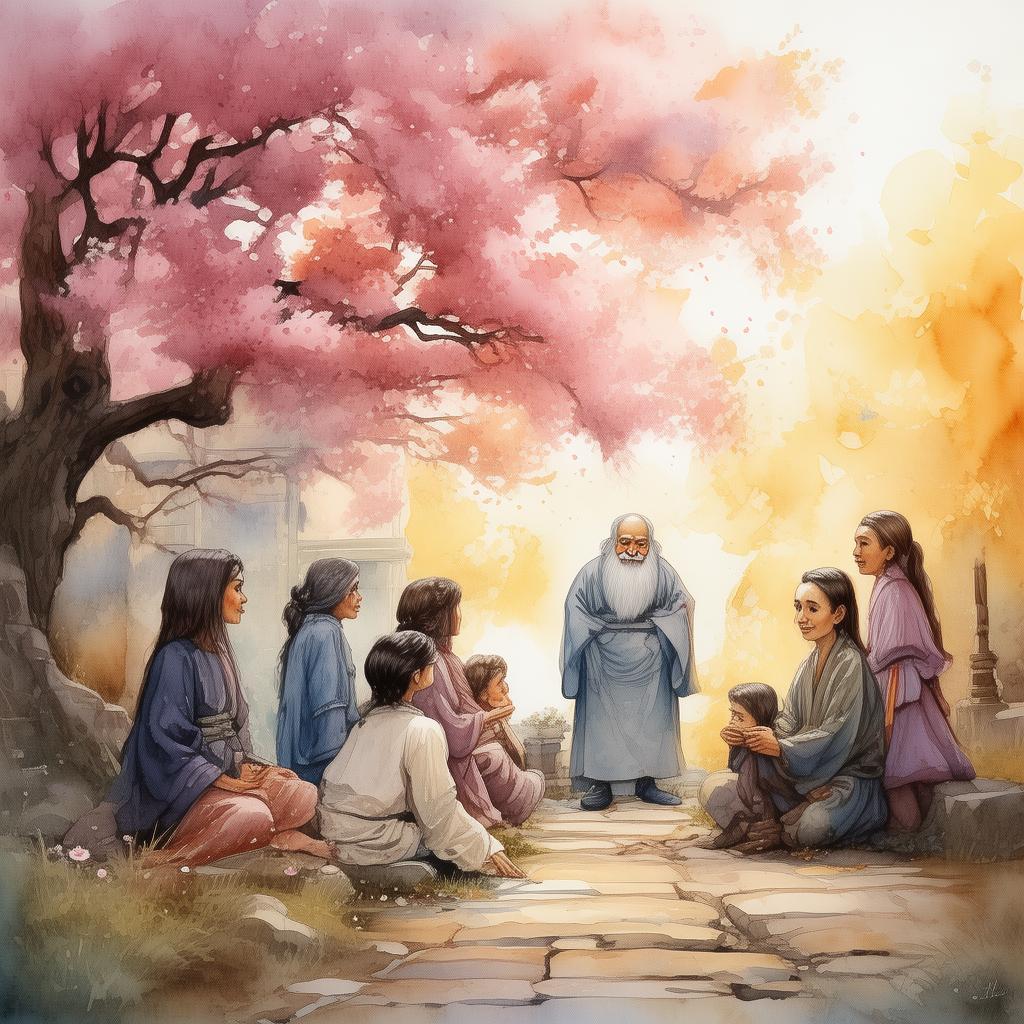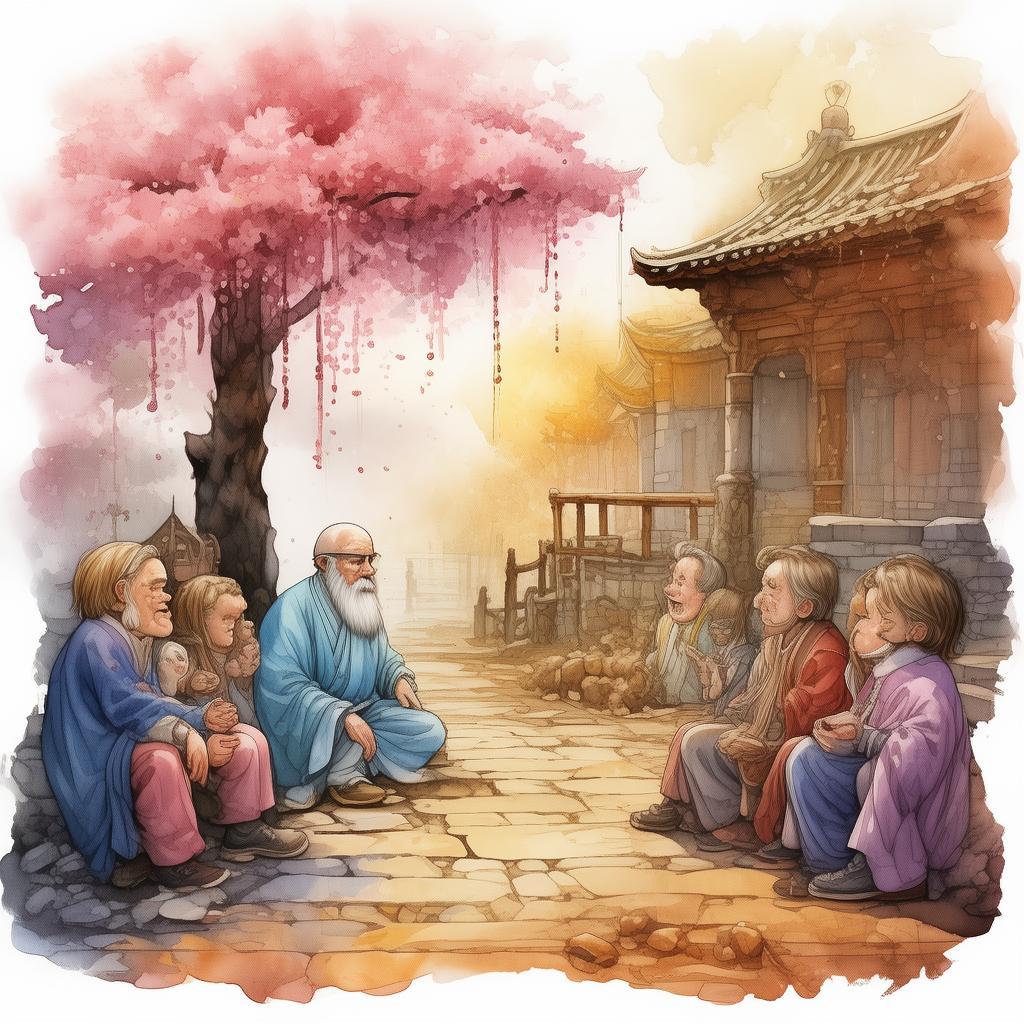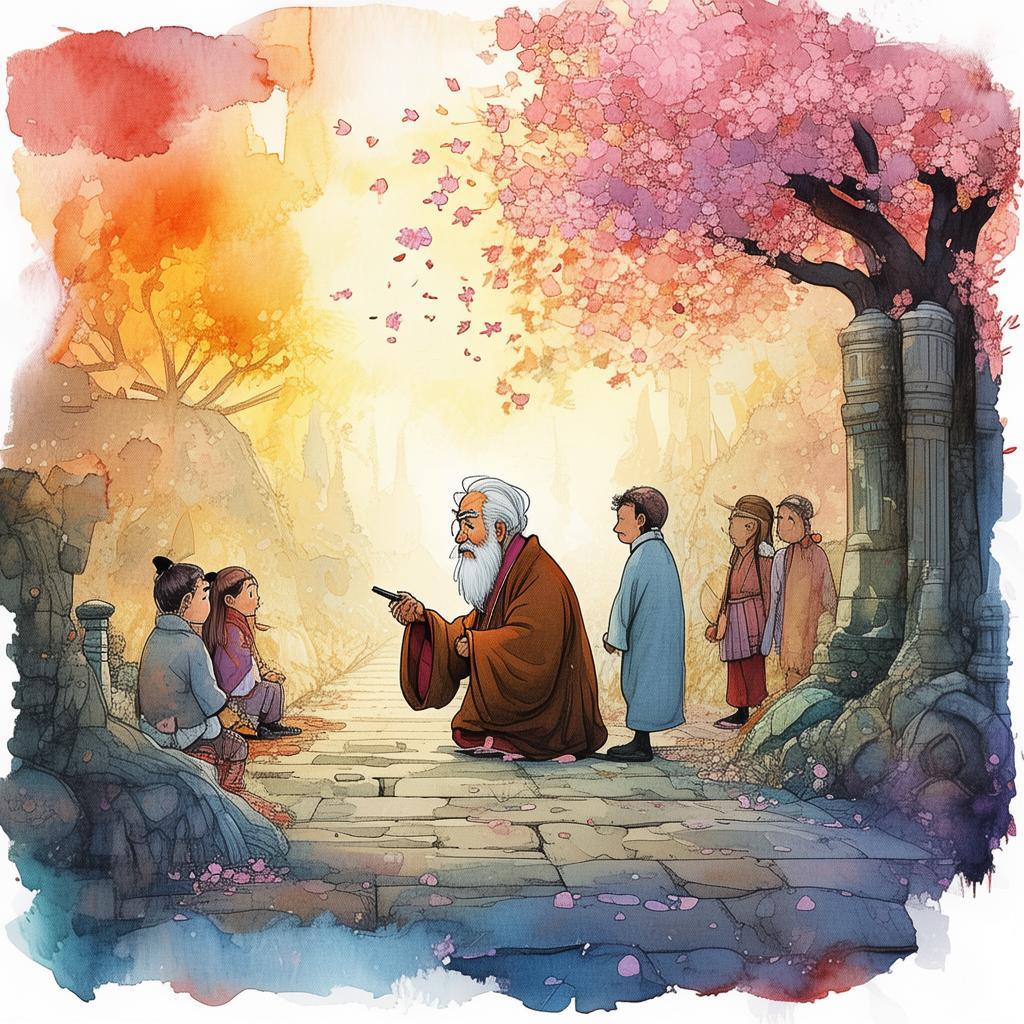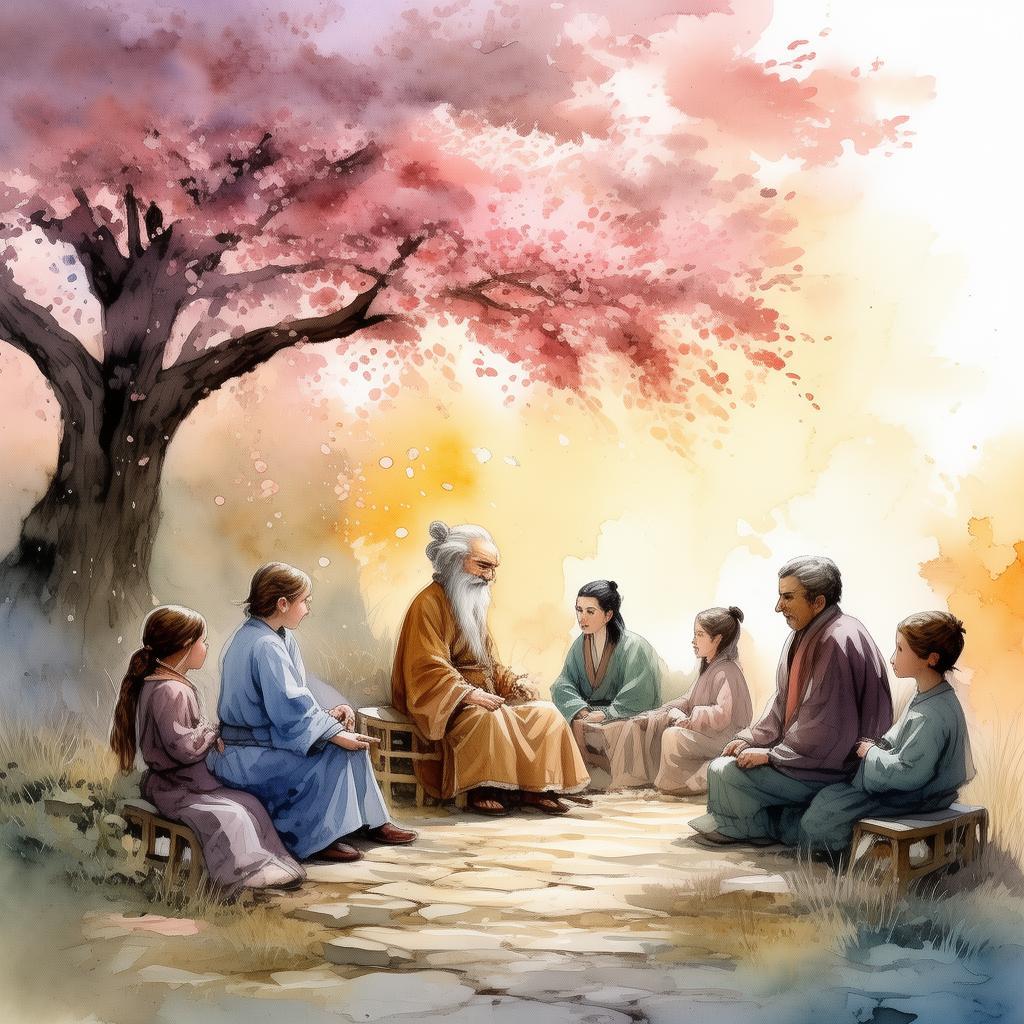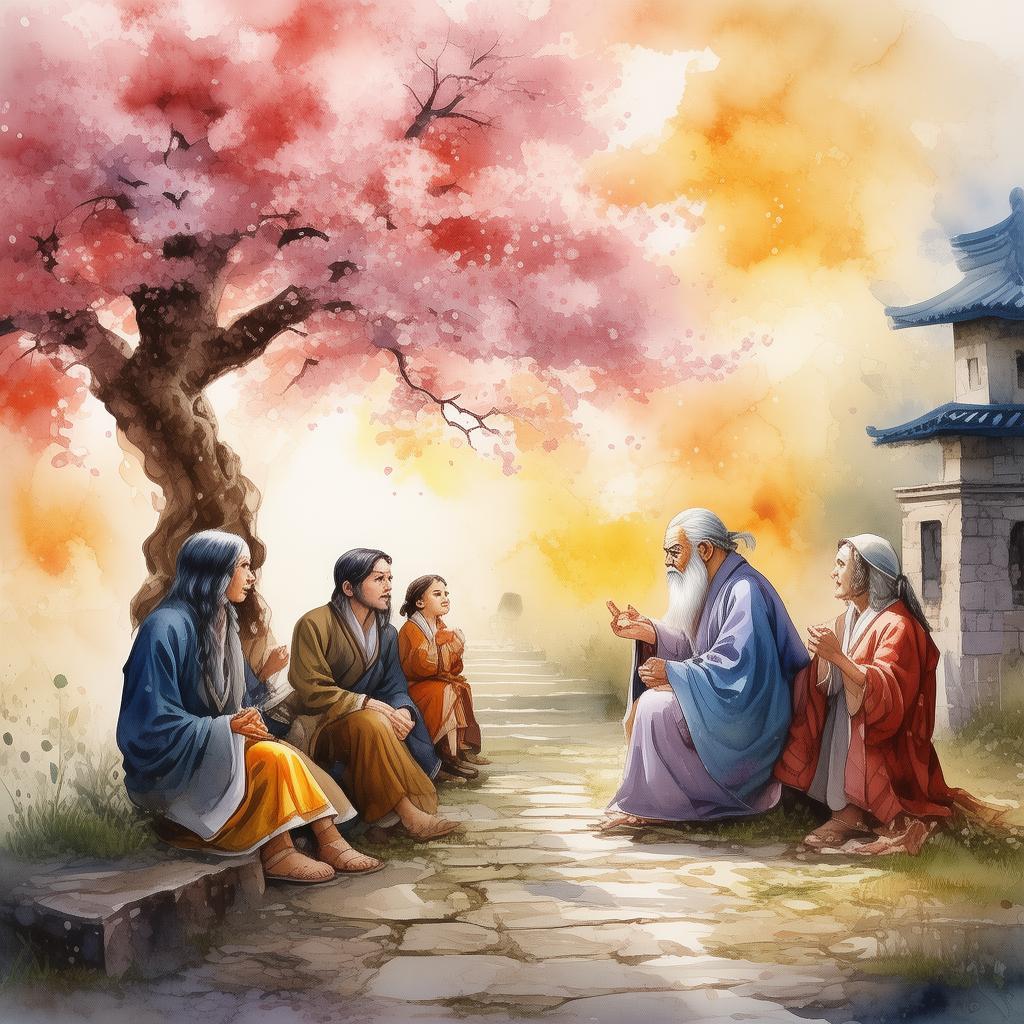Whispers of the Zen: The Heart of the Lotus
In the serene mountains of Kyoto, there lived a young monk named Kaito. His journey began as a quest for enlightenment, but it was not until he encountered the Heart of the Lotus that his true path unfolded. The Heart of the Lotus was an ancient symbol, hidden within the Zen monasteries, a representation of purity, resilience, and the ultimate quest for self-realization.
One crisp autumn morning, Kaito set out from the monastic compound, carrying only a small bowl and a robe. His journey was to be one of solitude, meditation, and introspection. He wandered through the lush valleys and along the winding paths, his mind clear and his heart at peace.
As Kaito ventured deeper into the mountains, he stumbled upon an old temple, shrouded in mist and silence. It was here, in the heart of the temple, that he discovered a small, intricately carved lotus flower, glowing with an ethereal light. The lotus flower was not just a symbol but a living entity, its petals whispering secrets of the Zen teachings.
"Whispers of the Zen," the lotus flower seemed to say, "are not heard with the ears but felt in the heart."
Kaito knelt before the lotus, his mind opening to the wisdom it held. The lotus flower began to tell him stories of ancient monks, each with their own trials and triumphs, and how they had all found the Heart of the Lotus within themselves.
The first monk, named Shinzen, was a master of meditation. Yet, despite his profound concentration, he could not escape the clutches of doubt. It was the lotus that guided him, teaching him that doubt was not the enemy but a teacher, leading him to deeper reflection and understanding.
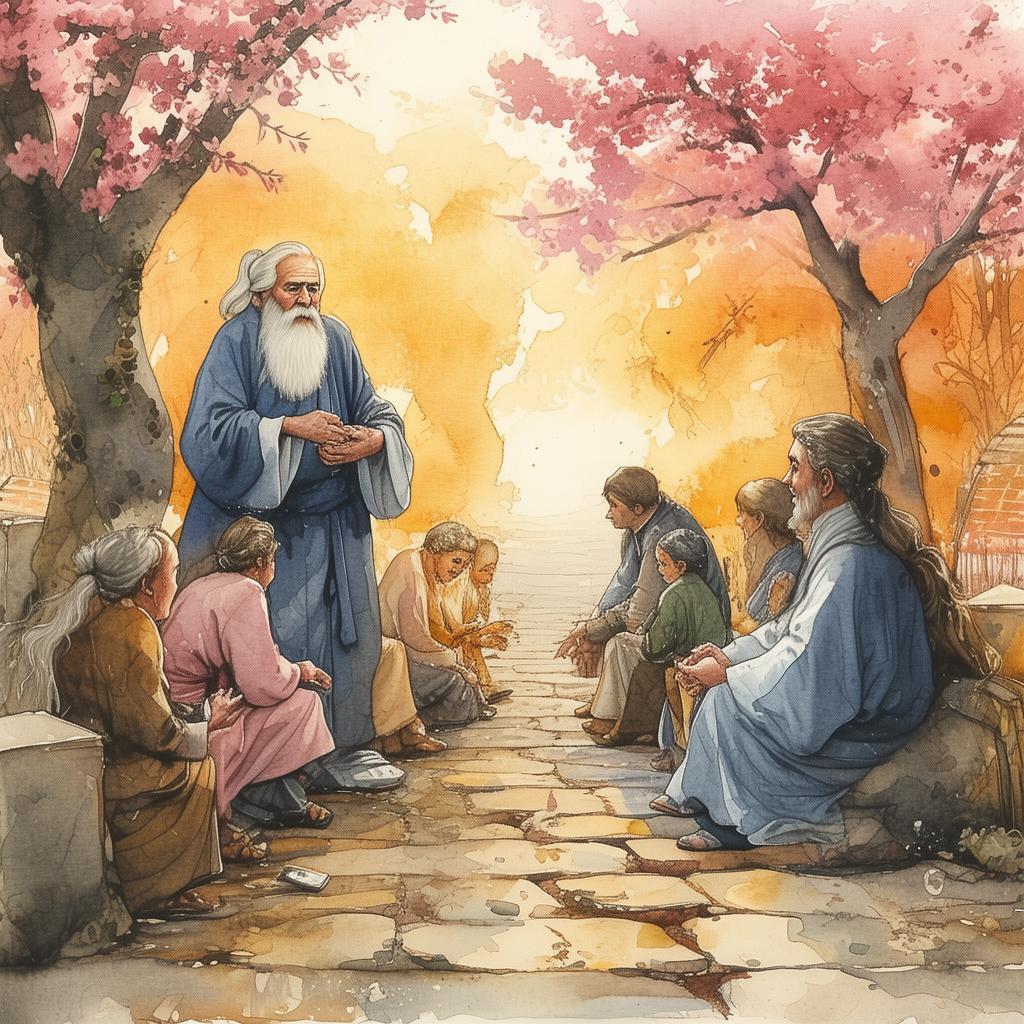
The second monk, Kansho, was a master of compassion. Yet, his compassion was not pure, as he felt resentment towards those he helped. The lotus revealed to Kansho that compassion must be unconditional, extending to all, even to those who do him harm.
The third monk, Genroku, was a master of patience. He was known for his calm demeanor, yet he found himself becoming impatient with the slow pace of his journey. The lotus taught Genroku that patience was not about waiting for the future but about accepting the present, as it is.
Kaito listened intently, his heart swelling with realization. He began to understand that the Heart of the Lotus was not just a physical symbol but a metaphor for the journey within. It was the quest to find peace amidst chaos, to cultivate compassion in the face of adversity, and to embrace patience even in the midst of uncertainty.
As the days turned into weeks, Kaito continued his journey, guided by the whispers of the lotus. He encountered a series of trials that tested his resolve: a fierce storm that threatened to wash him away, a moment of temptation that challenged his integrity, and a conversation with a wise old woman who spoke of the fleeting nature of life.
Each trial brought him closer to the heart of the lotus, each challenge a step towards self-discovery. Kaito realized that the true path to enlightenment was not about seeking answers outside oneself but about finding them within.
Finally, as the autumn turned to winter, Kaito returned to the monastic compound, a changed man. The lotus flower, now glowing even brighter, had taught him the essence of Zen: that the path to enlightenment is a journey inward, a quest to find the Heart of the Lotus within.
The monks welcomed Kaito back with open arms, their eyes reflecting the wisdom he had gained. Kaito shared his journey with them, his voice filled with awe and gratitude. The Heart of the Lotus had not only changed his life but had touched the hearts of all who heard his tale.
And so, the legend of Kaito and the Heart of the Lotus spread far and wide, a testament to the transformative power of introspection and the enduring message of Zen: that peace and enlightenment lie within, waiting to be discovered by those who dare to look within their own hearts.
✨ Original Statement ✨
All articles published on this website (including but not limited to text, images, videos, and other content) are original or authorized for reposting and are protected by relevant laws. Without the explicit written permission of this website, no individual or organization may copy, modify, repost, or use the content for commercial purposes.
If you need to quote or cooperate, please contact this site for authorization. We reserve the right to pursue legal responsibility for any unauthorized use.
Hereby declared.

